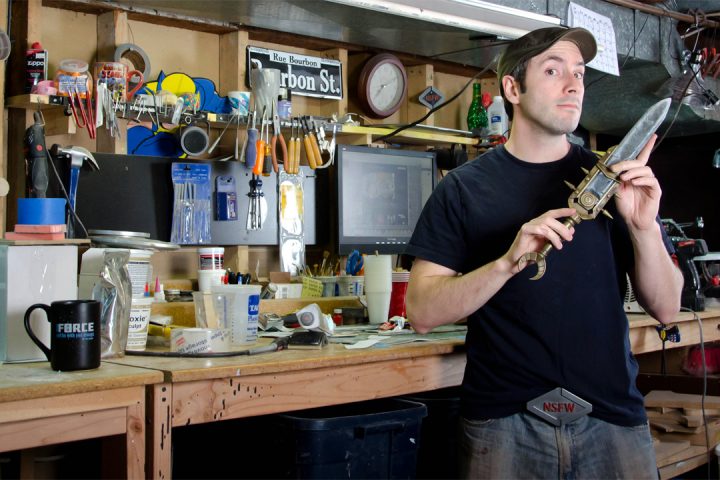Nowadays, most commercial buildings have glass components from their exterior and interior walls to their utilitarian partitions and decorative elements. But many people are unaware that the popularity of glass for buildings lies not just in their aesthetic values – glass lends a modern edge to structures – but also in their practical uses.
With that being said, here are the uses for glass in buildings and the reasons for keeping them clean. Keep in mind that in all these instances, calling in the professionals of Scratch Repair Group to remove the scratches, paint, and angle weld splatter, among other types of damage, on the glass is the best option.
As Thermal Insulation
Glass used on the exterior walls of buildings is not your ordinary glass. Instead, builders use thermal insulating glass known as low-emissivity (low-E) glass as the inner pane in an insulating glass unit. Low-E glass reflects heat into the interiors instead of allowing it to escape, thus, providing additional warmth (i.e., passive solar heat gain).
When low-E glass becomes damaged with scratches, chemicals and angle weld splatter, it becomes less effective and efficient as a thermal insulation unit. This is because the damage interferes with the glass’ ability for maximum passive solar heat gain, thus, affecting energy usage.

For Solar Control
And then there’s the solar control glass, which is designed to reduce the amount of solar heating in buildings. Builders choose from either tinted glass or glass with a thin and transparent coating to achieve the purpose.
In both solar control glass types, these are used for two purposes: First, save on energy since the glass absorbs solar energy before re-radiating or reflecting it away from the building, which saves on air-conditioning costs; and second, reduce the glare from direct sunlight that can affect employee productivity and health.
As with thermal insulating glass, solar control glass with damages caused by scratches, chemicals including paint, and angle weld splatter, are less effective and efficient in its job, so to speak. Of course, there’s also the matter of maintaining a great aesthetic when the exterior glass walls are as clean as can be.
For Safety and Security
Glass may appear fragile because of its easy break-ability but commercial- and industrial-grade glass is anything but fragile. These types of glass have extremely high resistance to breakage, impact and damage because these are either laminated or toughened. Laminated glass can be virtually impossible to break, thus, its use for bullet-resistant applications, while toughened glass produce very small fragments when broken, hence, its use for safety purposes.
When glass used for security and safety purposes is damaged, the life and limb of people may well be at stake. Angle weld splatter, for example, can cause small holes on the glass that compromise its integrity.
Internet results found for the text you pasted (478 words) on 26 Nov 2014 at 10:09 GMT



